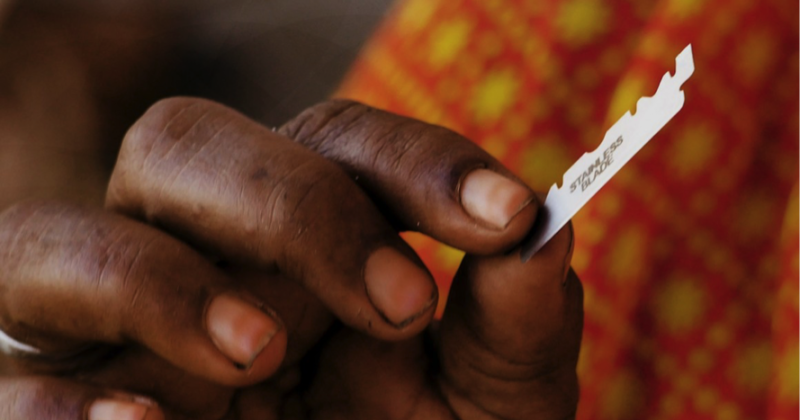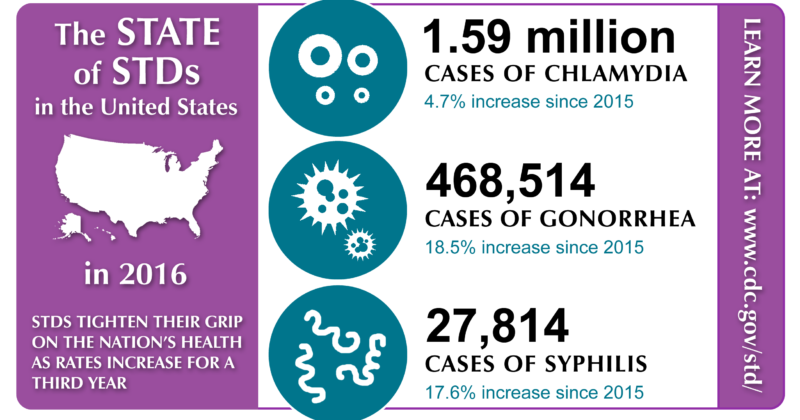
How does pain after childbirth affect the risk of postpartum hemorrhage?
Story by Karina Moreno-Bueno, T'21 Previous research has focused on the link between pain during labor and delivery and postpartum depression. It wasn’t until recently that a study was presented at the Anesthesiology 2018 meeting suggesting that the pain experienced after childbirth is the bigger issue in terms of increasing postpartum depression. Researchers studied pain scores from 4,327 first-time mothers from the beginning of labor to the end of childbirth. One week later, researchers compared these pain scores to a mothers’ postnatal depression scale scores. They found that women who experienced postpartum depression had complaints more related to pain during recovery than anything else. As a result, women who had a higher postpartum pain score was more likely to develop postpartum depression. Additionally, women who had C-sections were more likely to experience postpartum depression. Postpartum pain can take forms of cramps, constipation, vaginal soreness, and painful C-section recovery. Postpartum depression affects 1 out of every 7 women, in which they experience disinterest in...









